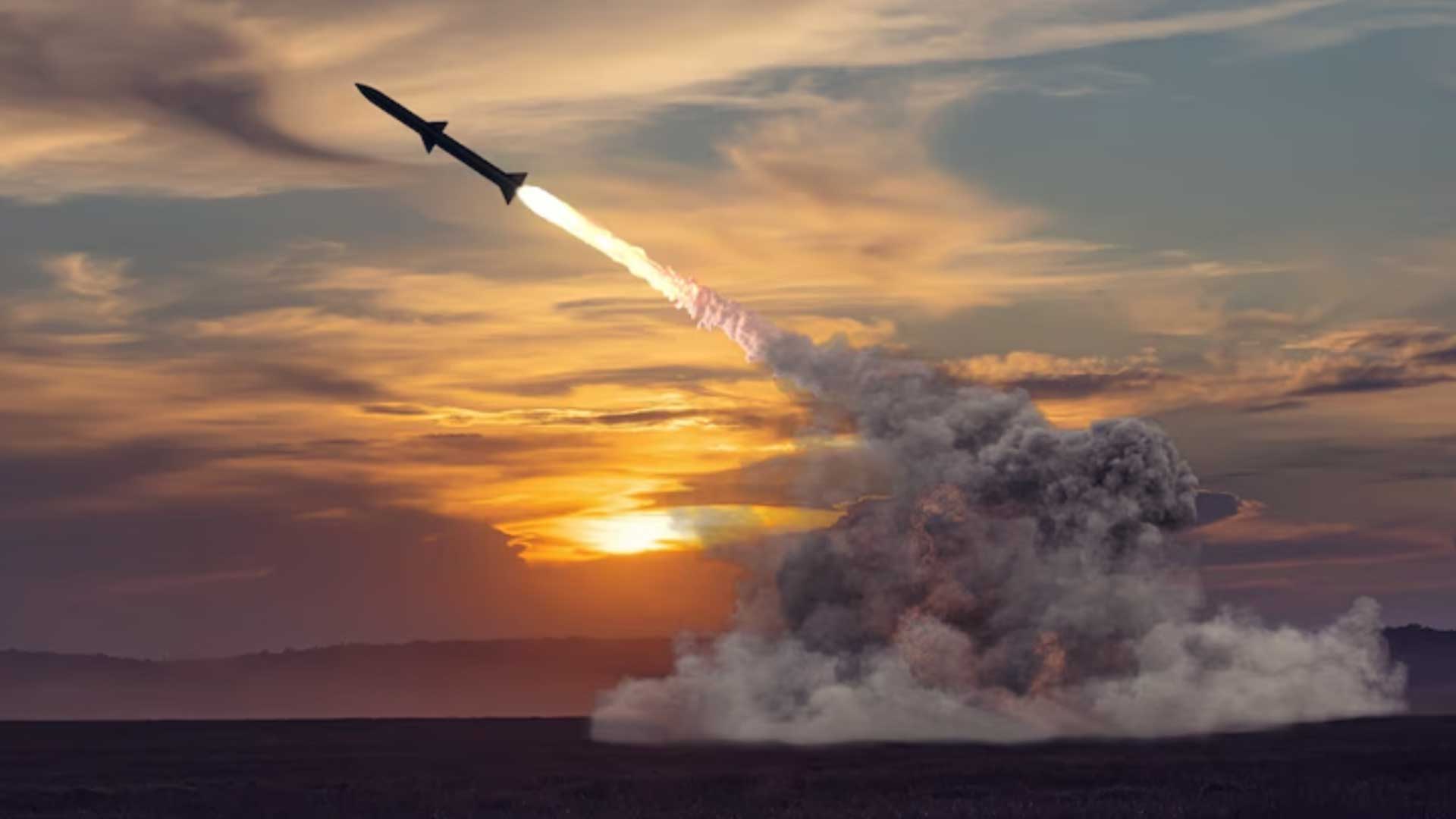China’s Reckless Rocket Launch Program Raises Global Alarm Over Safety and Environmental Damage

China’s reckless behavior in rocket launches continues to evoke serious concern both domestically and internationally. The recent incident in Tibet’s Mangra County sent shockwaves as flaming debris from a Chinese rocket crashed into open grasslands, sparking a massive fire and releasing thick, toxic orange smoke.
Just days earlier, another similar incident occurred when the first stage of a Chinese Long March 2D rocket crashed dangerously in Guinan County, Qinghai Province. The launch, conducted on October 13 from the Jiuquan Satellite Launch Center in northwest China, successfully placed the Shiyan-31 satellite into orbit. However, reports stated that the rocket’s first stage fell back uncontrollably to Earth, creating widespread alarm due to the impact and toxic fumes released upon crash. The incident has once again highlighted growing concerns about debris safety and environmental damage caused by China’s frequent space launches.
These recurring accidents have placed China’s controversial space program under the scanner. While Chinese authorities claim their space initiatives are entirely peaceful and that steps are being taken to reduce space debris — including the disposal of spent rocket stages and the development of debris mitigation technologies — the reality tells a different story. In practice, rocket stages continue to fall uncontrolled over inhabited areas, especially in Tibet and western China, raising serious humanitarian and environmental concerns.
Environmentalists have repeatedly voiced alarm over the impact of China’s launch practices. Experts also question China’s adherence to international space law, particularly given its expanding role as a major spacefaring power. The Outer Space Treaty (OST) of 1967, which serves as the foundational legal framework for space exploration, emphasizes state responsibility, liability, and the prevention of harmful contamination in outer space.
According to an article published in the Denver Journal of International Law & Policy titled “China’s Contribution to Space Debris and Its Violation of the Outer Space Treaty,” China has been criticized for launch practices that allow rocket stages to fall uncontrollably over inhabited regions, violating international norms and endangering lives.
While the Shiyan-31 mission may have succeeded technically, the uncontrolled fall of the Long March 2D rocket stage has reignited serious safety and environmental concerns — both within China and globally.
In a separate incident, a burning piece of space debris that crashed in Australia was also believed to have originated from a Chinese rocket. According to Sky News, a chunk of smoking metal was discovered by mine workers near Newman, Western Australia. The Australian Space Agency confirmed that the object posed no immediate danger but launched an investigation to verify its origin.
Preliminary analysis indicated that the debris was made of carbon fiber — consistent with previously identified Chinese rocket parts such as composite-overwrapped pressure vessels or fuel tanks.
Space archaeologist Dr. Alice Gorman of Flinders University stated in a radio interview that the debris might have come from the fourth stage of a Chinese Jielong rocket, launched in late September. She explained that the object had likely been orbiting Earth for several weeks before reentering the atmosphere.
These incidents are not isolated. In another alarming event, one of China’s Long March 6A rockets broke apart in low-Earth orbit, generating a massive debris cloud consisting of hundreds of fragments. The rocket, launched from the Taiyuan Satellite Launch Center in August 2024, carried 18 G60 satellites — part of Shanghai Spacecom’s Thousand Sails constellation.
According to CNN, radar data from LeoLabs confirmed that between 700 and 900 debris fragments were created during the breakup. The Thousand Sails megaconstellation, which aims to deploy up to 14,000 satellites to rival SpaceX’sStarlink network, has raised alarm among experts who warn of a growing risk of collisions in low-Earth orbit.
Experts believe the rocket’s propulsion system malfunctioned, triggering the event rather than a collision. With nearly 1,000 abandoned rocket bodies already drifting in low-Earth orbit, the risk of a cascade effect — where collisions generate more debris — is increasing dangerously. Notably, another Long March 6A had exploded in 2022, scattering over 500 debris fragments between 320 and 1,500 km altitude, further worsening the situation.
If even a fraction of China’s upcoming launches produce similar debris, experts warn that the orbital environment could reach a tipping point, making it unsafe for future missions. The situation underscores the urgent need for global adherence to debris mitigation guidelines and stronger international monitoring to prevent new debris creation.
China’s Response and the Growing Credibility Gap
Chinese officials insist that the country is developing active debris removal technologies and improving space situational awareness. According to BianZhigang, Vice Administrator of the China National Space Administration (CNSA), China is promoting top-level planning for debris monitoring, early-warning systems, and active removal operations in orbit.
However, critics argue that these assurances remain largely rhetorical. China’s repeated failures to prevent uncontrolled reentries, combined with its poor record on environmental safety during launches, have widened the credibility gap between its official statements and ground reality.
In recent years, China’s space activities have expanded tremendously — from operating its own space station to increasing launch frequency and developing massive satellite constellations. Yet, this rapid growth has come at a heavy environmental cost, raising serious doubts about the sustainability of its space ambitions.
Without strategic planning, the continued surge in rocket launches risks creating long-term conflicts between technological development and environmental conservation. Such practices could also undermine the achievement of the United Nations Biodiversity Goals and escalate tensions with other spacefaring nations.
Experts believe that the United States and other global powers must press China to engage in transparent strategic planning and adhere to international norms for responsible space conduct. Unless China aligns its ambitions with global sustainability principles, its space race could turn into an environmental and geopolitical hazard — both in orbit and here on Earth. The world cannot allow Beijing to do that.
https://www.aninews.in/news/world/asia/chinas-reckless-space-ambitions-poison-tibet-again-as-chinese-rocket-debris-sparks-toxic-disaster20251016181343/
https://www.phayul.com/2025/10/15/53169/
https://edition.cnn.com/2024/08/29/china/long-march-rocket-breakup-debris-leolabs-intl-hnk/index.html
https://www.moneycontrol.com/world/oh-my-god-rocket-debris-is-falling-suspected-chinese-rocket-crash-in-tibet-caught-on-video-article-13620500.html




![From Kathmandu to the World: How Excel Students Are Winning Big [Admission Open]](https://nepalaaja.com/img/70194/medium/excel-college-info-eng-nep-2342.jpg)
